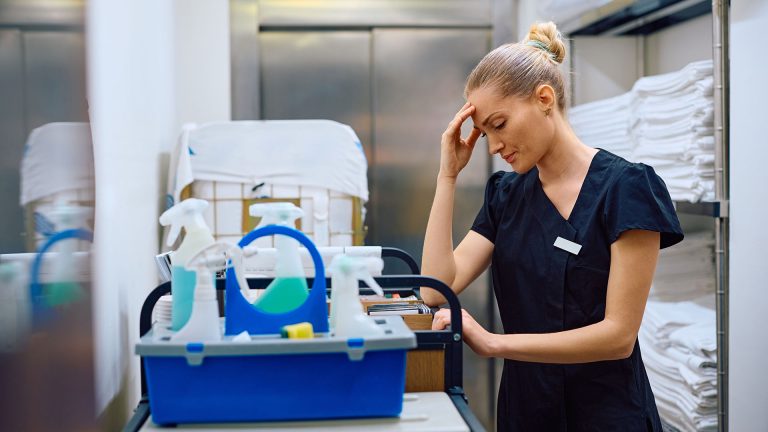In our last post we talked about the exorbitant cost of back injuries to industry. In both human and financial cost, back injuries take an expensive toll. Application of ergonomic principles to the work space and use of ergonomically designed equipment can reduce potential back injury significantly. But sometimes materials must be manually lifted and moved.
It’s important to train workers in proper lifting techniques. Musculoskeletal injuries, particularly to the lower back, can result when items are improperly lifted. The key to developing good lifting habits is to think about what you plan to do before picking up an object. Practice these safe lifting tips:
- Size up the load and check surrounding conditions. Get help with the lift if the object looks heavy or awkward. Make sure you have good footing and enough space to maneuver easily. If the object must be carried, may sure your path is free and clear of obstacles.
- Balance your body. Your feet should be shoulder width apart and beside each other. To provide maximum balance and leverage, your feet should be positioned somewhat behind the object to be lifted.
- When lifting, don’t stoop. Bend both knees and keep your back straight but not vertical. Tucking in your chin will help you keep your back straight.
- Use your hands and fingers to grip the load. Called a palm grip, this grip provides maximum security. Remember to tuck in your chin before you lift.
- Use your body weight to get the load moving. Lift by pushing up with your legs, your body’s strongest muscle group.
- Keep arms and elbows close to the body while lifting to provide better balance and maximize lift force.
- If you must carry an object, carry it close to your body and don’t twist. Shift your foot position and turn your whole body to change direction.
- Remember to watch where you’re going.
- Bend your knees when lowering an object. Avoid stooping which places unnecessary strain on your lower back. Place the object on the edge of a shelf, bench or other surface and slide it back into position. Keep your hands and feet clear as you let go of the object.
Even when lifting or moving light-weight objects, it pays to develop good lifing and carrying habits. Your back will thank you!


